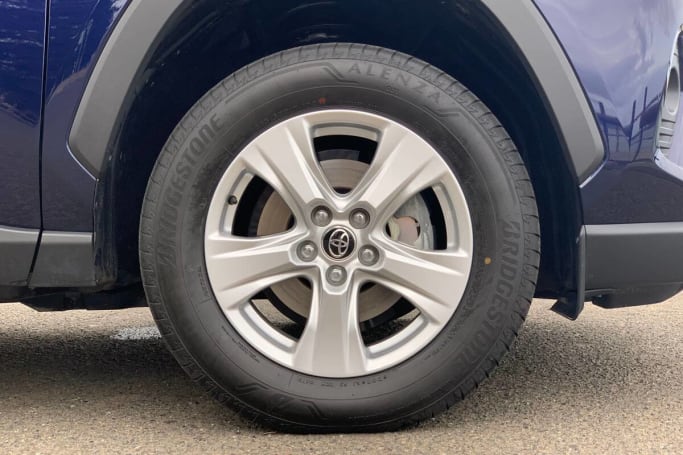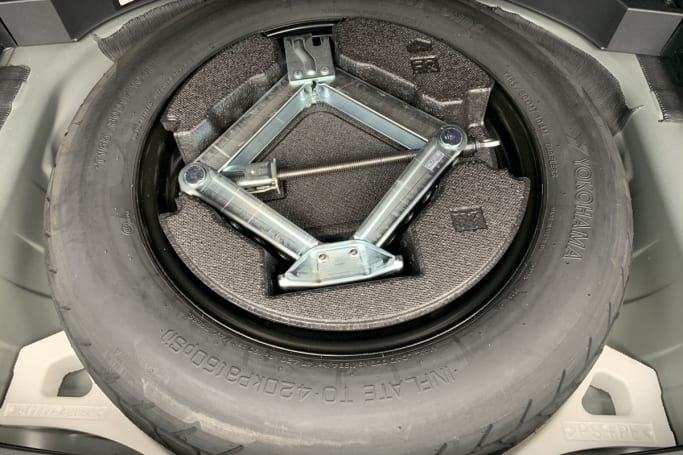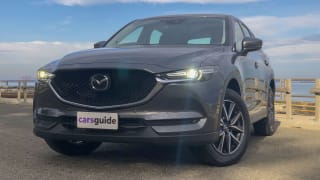The GX Hybrid is obviously a bit more than (and a commensurate improvement on) the 2.0-litre GX, costing $35,490 ($39,606 drive-away) before any of the very skinny options list is added. So skinny it's basically a full-size spare and only available in this grade.
Base models just aren't what they used to be, especially not at Toyota, and particularly not when the price starts with a 35. You get 17-inch alloys, a six-speaker stereo, dual-zone climate control, reversing camera, central locking, front and rear parking sensors, active cruise control, sat nav, auto LED headlights, auto wipers and a space-saver spare.

It's also a Toyota with (clears throat) Apple CarPlay and Android Auto on its prominent 8.0-inch touchscreen. Massive win.
Joining the belated digital revolution is DAB+ radio with a dire interface that reminds you how bad the embedded software is, despite a hefty upgrade in the last year or so.
I should note the car I drove was a pre-November 1, 2019 build and was yet to have CarPlay activated, but the identical system on the C-HR and Corolla has it.


















